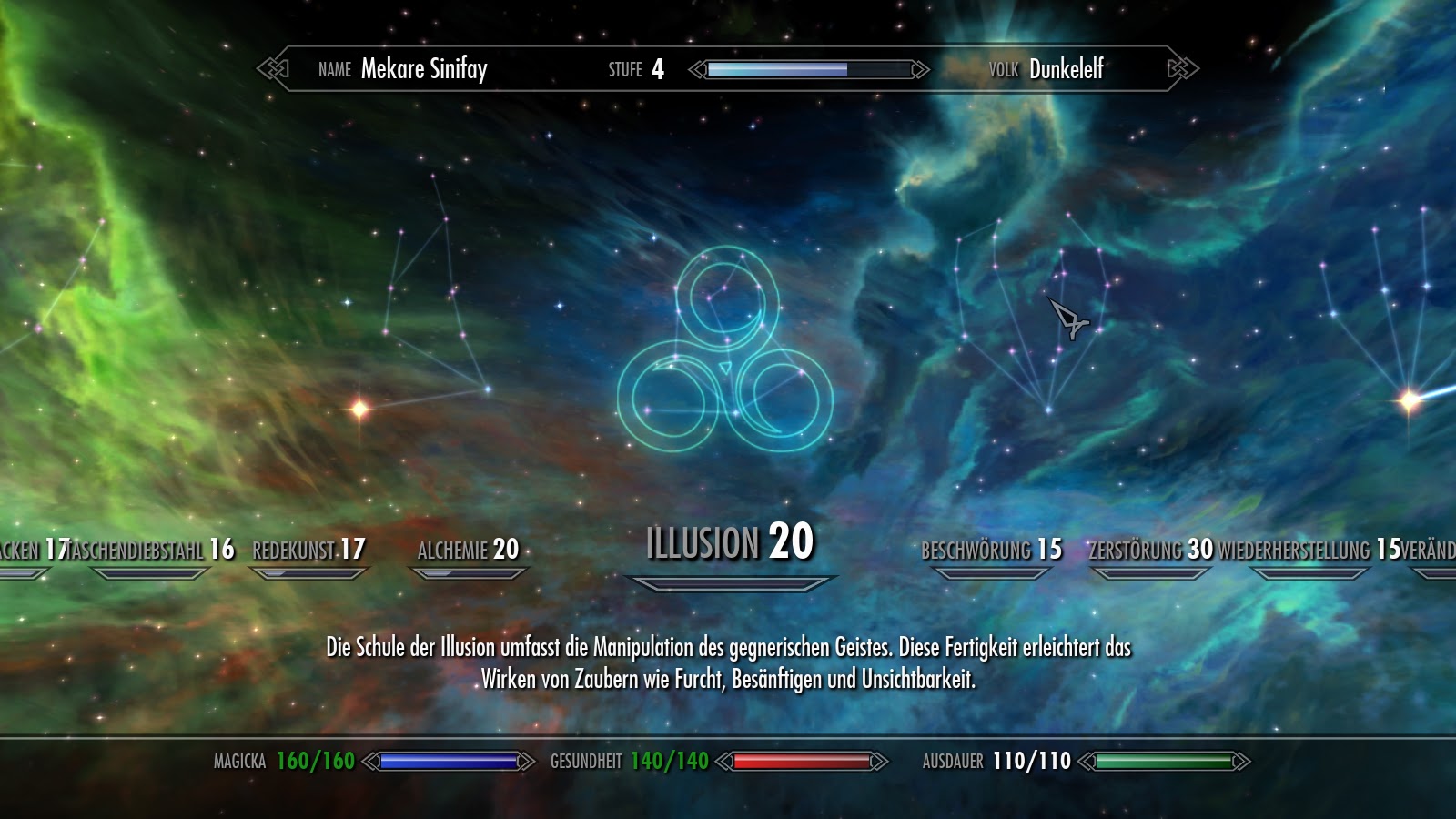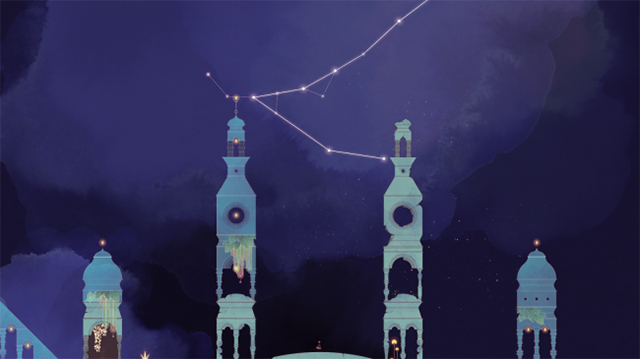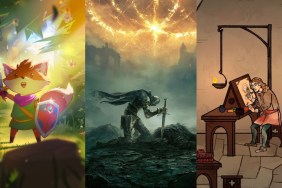The history of stargazing is surprisingly fascinating. Since the earliest humans we have looked up at the stars and found meaning in them. Over the years, the meaning and significance of the stars has changed, but people still use them in the modern day. And in games, stars and the constellations they make up, have had a variety of different uses that mirror and expand upon the ancient rites and modern ideas.
At first, early civilizations created stories about the stars and the shapes they could see in them as a way of recording their history. Without a written language or easy access to writing tools, the stars became the best way to tell, and remember stories.
These stories made the constellations recognizable to the people, who started to use them for other means. Early farmers would use the steady movement of the stars to predict the seasons before they had something to track the months like a calendar. And after that, explorers used them to navigate the world. This was especially true for sailors since the sea has no other static landmark, thus making the stars the only natural way to navigate.
As science understanding and maps improved, the stories and uses of the stars became less about the world around us and more about ourselves. Modern stargazing is about introspection and self-discovery, rather than anything out in the actual world. Video games have taken both the modern approach to the heavens, and the old ways to create new abstract meanings for the stars in their digital universes.
Some games, like No Man’s Sky, Stellaris, and Elite: Dangerous take the heavens very literally. The little dots on the horizon are places you can reach and explore for yourself. The constellations that you can see in these space faring games exist to allow you to travel between them. But others looks at the skies a little differently.
Magical Astrology

Skyrim uses constellations to signify growth. While all the Elder Scrolls games used star signs in one way or another, Skyrim‘s player progression was tied to the stars above. Players would assign points to constellations that were assigned specific meaning, from one-handed weapons to speechcraft. This is as close to modern interpretations of astrology as you can get. The stars in the sky hold a special significance to the individual, as they are able to influence and change them. The culture of Skyrim had no need to use the stars to denote the heroes and gods of their time, or for travel.
Braid, the 2008 puzzle game by Jonathan Blow, uses a singular constellation, but it isn’t there to improve the player. The constellation in Braid will appear like stars do to us today for a lot of players; nothing but a pretty backdrop that makes the night sky worth looking at. But these stars are a guide, a hint that there is something more to be found in this timeless puzzle platformer. The stars aren’t just a simple collectibles, but tools that can change the meaning of the game for many.
Braid is a game that asks you to contemplate the motives and actions of Tim, the central character, as his relationship with the Princess. While at first you think you are saving her from the clutches of a monster, you see at the end that might not be the case. And in finding these hidden collectible stars, you can find a deeper meaning between the Tim and the Princess. Like some sort of astrological reading, Braid‘s constellation reveals another dimension of their relationship. Once it has been filled in, it’s a unique way for this particular story to (literally) symbolize the bond between the two.
Trail of Stars

Gris is the most recent example of a game that utilizes stars in an amazingly unique way. As you explore the incredible world of Gris to search for your voice, you will occasionally collect stars that you return to the central temple. And like the explorers of old, these stars create a constellation that guides you on your journey.
But it doesn’t just guide you. The constellations in Gris allow you to explore new locations by walking along them. You jump onto the imagined line between the stars and ascend into the sky yourself. Like Orion before her, and many other Greek myths, Gris is entering the stars. And while old explorers used these tales to identify the stars that could help them explore the earth, Gris uses them to explore its world above the earth.
Gris is not a literal game, but a metaphorical, introspective journey through her emotions, so the constellations in her sky might not be as literal as other game worlds. Its depiction and use of the stars and constellations so perfectly demonstrate how games use the stars in ways both old and new. She uses the stars to explore both the world of the game and projection of her psyche that it represents. In essence, she is exploring her mental world through the stars since they are allegories for her mind. While some use the stars to allow players to discover more about themselves, and other use them to discover more about the world, Gris uses them to do both.
Stargazing is as old as humanity, with the dots that light up the night sky influencing stories, religions, exploration, and personal growth. This long history continues to influence the way we look at the heavens, and the way creators use them to tell us new stories. And that naturally extends to video games.











